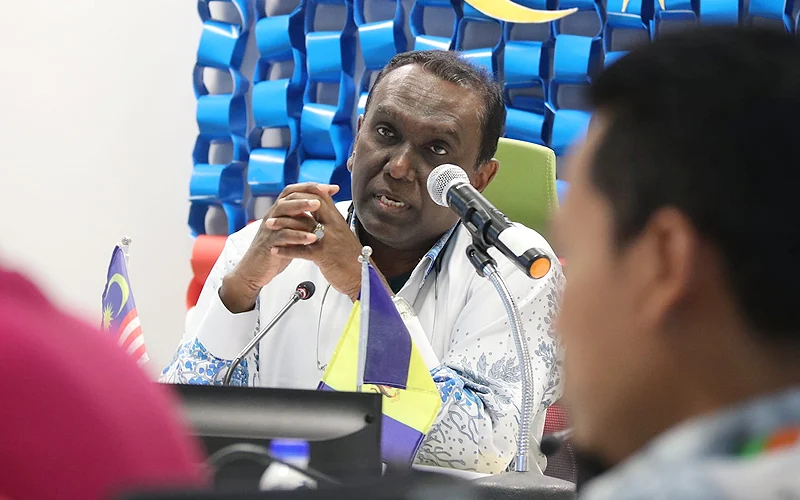
PUTRAJAYA: An audit of the in-situ leaching pilot project for the mining of non-radioactive rare earth elements in Mukim Kenering, Hulu Perak, Perak has found it complies with standard operating procedures as well as the requirements of the relevant technical agencies.
Minerals and Geoscience Department director-general Zamri Ramli, commenting on reports that uncontrolled REE mining could potentially cause landslides, said that the project uses mining technology that involves minimal land clearing and tree felling.
Zamri said that the method injects low-concentration ammonium sulphate solution into the soil to extract the desired minerals through an ion exchange reaction.
It is then extracted through the piping system and collected at the foot of the hillside for the next process and the ion exchange process does not affect the stability and cohesive force of the soil.
"The in-situ leaching method can only be implemented for minerals found above groundwater level. It is to guarantee the effectiveness of the targeted leaching process and to avoid groundwater contamination," he said on Saturday (Oct 14).
Zamri said monitoring wells were built in several strategic locations identified to detect leaks.
He said a specific procedure was also outlined to control pollution.
"In conclusion, non-radioactive rare earth elements mining using the in-situ leaching method is the latest sustainable method where the impact on the environment can be controlled, with low operating costs and a good level of worker safety," he said. – Bernama


